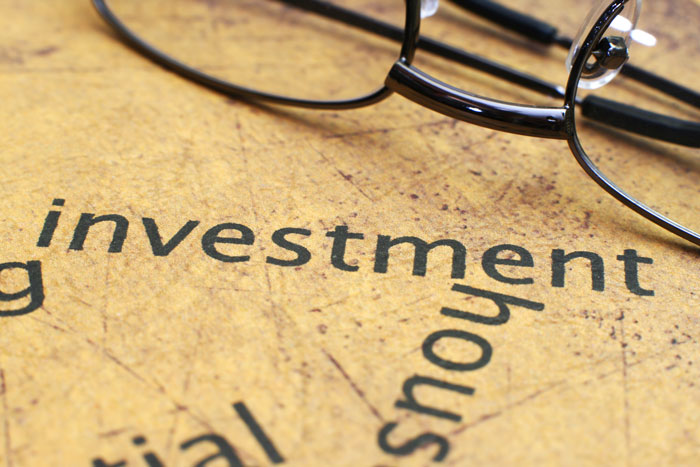The Federal Reserve just lifted short-term interest rates a quarter point and signaled that more hikes are to come over the course of the year.
The Federal Open Market Committee raised its benchmark lending rate to a range of 0.75 percent to 1 percent, as expected, and projected two more increases would be likely in 2017.
Numerous commentators have focused on who is hurt by rising rates, particularly those with lots of floating rate debt, such as a credit card balance, or anyone in need of a loan.
Not everyone, however, is negatively affected by rising rates.
There are some individuals and businesses cheering the Fed on as it pushes up rates, including savers, people traveling abroad and foreign exporters and businesses with large cash balances.
Let’s look at why each group may be celebrating the Fed’s action with a champagne toast.
Savers are happy
Interest is the economic inducement – or bribe – that compensates savers for waiting to spend their money in the future instead of squandering it today.
For eight years, the Fed has been giving us virtually no inducement to save because its target interest rate has hovered around zero ever since the 2008 financial crisis. People have been essentially punished for saving money because inflation meant at times you’d be better off stuffing cash in your mattress than in a savings account.
Rising rates means people who save money in certificates of deposits, money market funds and bank accounts will see higher returns. Many elderly people and retirees live off their Social Security checks plus interest and dividends from their savings. Retirees and people with large amounts of cash savings will now earn more money, which enables them to spend more and makes them big fans of the Fed’s current policy.
Even if you don’t have a single penny in savings but live or work in an area with a large number of retirees like southern Florida, Arizona or parts of California, the higher rates should translate into more economic activity and thus more jobs.
Travelers and importers are happy
Another group that should experience an immediate benefit includes importers and people traveling abroad because interest rate changes usually affect a country’s foreign exchange rate.
When rates rise in the U.S., the dollar tends to go up in value, which means it can buy more foreign currency. This makes traveling to other parts of the world cheaper.
In a nutshell, higher rates mean higher yields on U.S. bonds, mutual funds and certificates of deposit, making them more attractive to foreign investors. These investors need dollars to buy U.S. investments and are willing to give up their euros, yen, Swiss francs and other currencies to get ahold of them. By boosting the demand for dollars, the greenback appreciates, and suddenly that trip to Majorca is looking more affordable as fancy Spanish restaurants, flamenco shows, hotels and taxi rides become cheaper, in dollar terms.
This also makes people who export goods to the U.S. – essentially foreign companies – much happier as well at the expense of U.S. companies. Swiss chocolates, Korean phones, Chinese textiles, German beer and many other items will become cheaper for people in the U.S., meaning it should make Americans who prefer these items to their domestic counterparts happy too.
And since a boost in exports supports economic activity in countries selling these items, many foreign governments are also big fans of the Fed’s current policy.
Companies with cash are happy too
A third group that benefits are businesses with large cash reserves.
Nonfinancial companies in the Standard & Poor’s 500 index had about US$1.54 trillion in cash and cash equivalents as of Sept. 30 of last year.
Companies with large cash reserves do not let their money sit in a vault gathering dust. Instead, the money is often put into short-term investments that earn interest. When interest rates go up, they make extra earnings on their cash balances. This increase in profits, without a company doing any extra work, makes some CEOs fans of the Fed’s current policy.
In addition, there are a number of companies that bill customers up front and then make payments much later. Insurance companies are one example. People pay for their insurance policies first and then, if disaster strikes in the future, the insurance company pays out a claim. This means insurance companies hold large amounts of money for long periods of time that they’re hoping earns a good return.
So when rates rise, insurance companies become more profitable as they earn more money on every dollar of cash they have to set aside to cover an eventual claim. As a result, insurers like it when the Fed wants to tighten monetary policy and lift rates.
It takes two
Many people’s first reaction when hearing that interest rates are rising is one of panic and dread.
The result is less cash sloshing around in the system, which makes mortgages, car loans and credit lines all more expensive. In other words, borrowers take it in the teeth.
However, like most things in life, there are two sides to every story. For every individual, business and government that is borrowing money, however, someone else is lending it. Another name for lenders is savers who want to invest the money they’re setting aside for future use and make a little (or big) return in the meantime.
Savers and many other groups are cheering the rise in rates, which helps move the U.S. back to a more “normal” interest rate policy – the recent period of near-zero rates has been unprecedented – and also signals the economy is on a surer footing. That should make all of us, even borrowers, a bit happier.
Author: , Economist and Research Scientist, The Ohio State University

